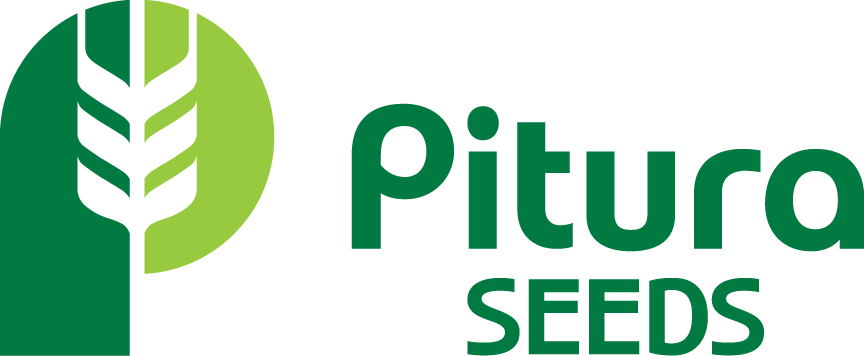Right Place, Right Time, and the Right Tool In-Hand
When making the decision to use pre harvest desiccation as a tool, its best to take a field-to-field approach for decisions, rather than a blanket application on the whole farm. Consider 2 things:
1. Timing of application for the specific product applied
2. Expectation for the product, i.e., Preharvest dry down aid and/or control of large, green weeds.
As the crop begins to ripen, it’s important to think of what your goal is for each specific field and choose your product accordingly. For example, if a field needs control of some larger green weeds, a systemic herbicide would be required. Or if the goal is to manage uneven fields, a true desiccant may not be the best choice.
In general, there are 3 options that can be used as preharvest aids: 1. Reglone (diquat), 2. Glyphosate, 3. Heat Brands (saflufenacil). These options offer a range of dry down speed with Reglone being the quickest and glyphosate being the slowest. This article will describe the activity of Reglone vs Glyphosate to help guide where each product has the best fit.
Reglone, as the only true desiccant, is a very fast acting, non-selective, contact herbicide. This product allows you to be harvesting within 3-5 days after application, depending on conditions. Because it is a contact herbicide, it will only be effective on plants that are dying/maturing. Contact product = HIGH WATER VOLUMES (20 gal/ac MINIMUM). If the plant is actively growing faster than the product is disrupting function, then the plant will grow through it and the product will be ineffective. Contact herbicides may not kill the root system and the plant may regrow. We saw this effect in fall 2021 when producers were spraying Reglone on canola and soybeans that were regrowing. Not every field is a candidate for Reglone – not a great option on uneven fields. Any crop that is immature or too young will dry up instead of reaching true maturity, reducing the quality of grain.
The active ingredient in Reglone disrupts photosynthesis in the plant which causes the production of components that attack proteins and cell membranes within the plant which leads to death. Because the herbicide works through the photosynthetic pathway, sunlight is required for activity of the product – therefore, desiccation activity is paused or slowed at night. We use this in our favor! It is recommended to apply Reglone at dusk or on a cloudy day to allow time for the diffusion of the herbicide into neighboring cells of the contact site. Again, Reglone is a very fast acting herbicide – if applied during a sunny day the product will take effect so quickly, it may only burn the areas it directly touches. Allowing the product extra time to diffuse through the leaf will provide a more effective kill.
In comparison, Glyphosate is a systemic herbicide that inhibits an essential enzyme and prevents protein production needed for growth. Because it is systemic, the product must be applied to actively growing plants to allow for translocation of the herbicide through the plant tissues. Glyphosate is not a true desiccant and is advised to be used pre-harvest as a control measure for large escape weeds. If you are using glyphosate as a desiccant, timing of application is very important. If glyphosate is applied too early, the herbicide can move systemically into the grain kernel and accumulate to levels that will exceed MRLs. Glyphosate is slower acting in the plant and you can expect to wait upwards of 10 days before harvesting the crop.
Overall, it’s important to choose your desiccation product based on the specific conditions of the field/crop. Below is a chart outlining the ideal staging for desiccation for a few crops that use desiccation for harvest management.
-Katie Meggison

